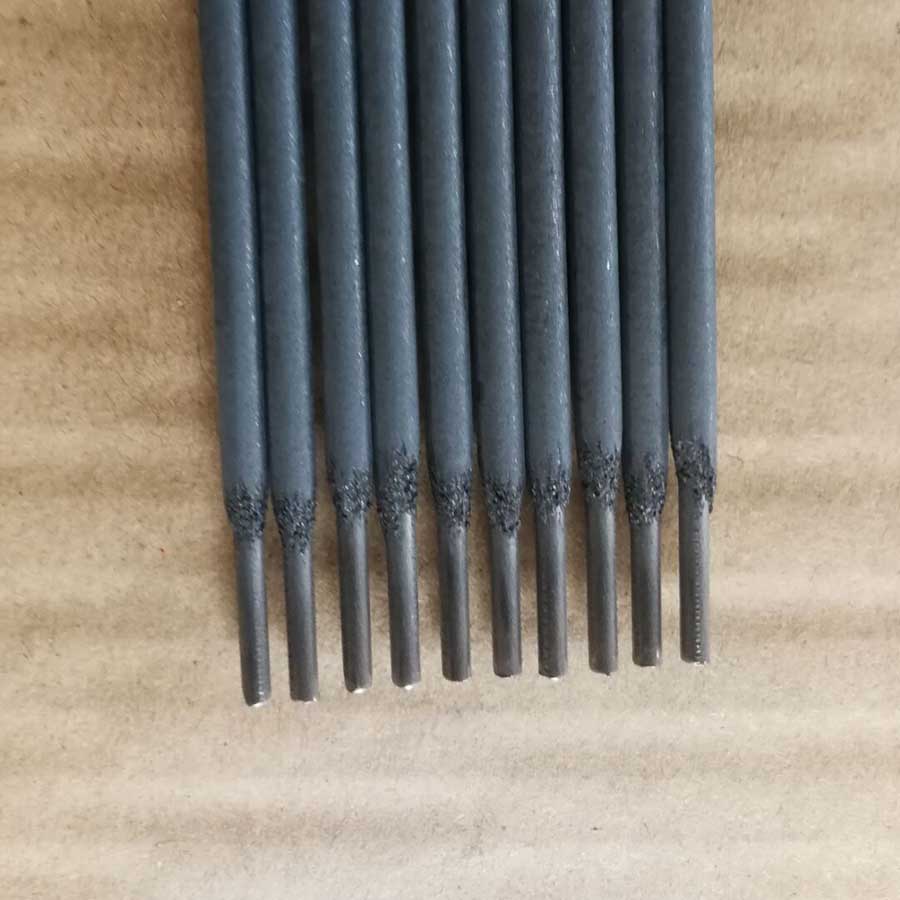Exploring the Benefits of Tubular Welding Wire for Enhanced Welding Efficiency and Quality
Understanding Tubular Welding Wire An Essential Guide
Welding is a critical process in various industries, particularly in construction and manufacturing, where joining metals is a fundamental requirement. Among the different types of welding materials available, tubular welding wire has gained significant attention due to its unique advantages and applications. This article delves into the intricacies of tubular welding wire, exploring its composition, benefits, applications, and best practices for use.
What is Tubular Welding Wire?
Tubular welding wire, often referred to as a flux-cored wire, is designed specifically for use in semi-automatic and automatic welding machines. Unlike solid welding wire, which is circular and solid, tubular welding wire has a hollow core. This hollow core is typically filled with flux materials and metal powders, which serve to enhance the welding process. The flux plays a crucial role in shielding the weld area from atmospheric contamination and stabilizing the arc.
Composition and Types
The composition of tubular welding wire varies depending on the specific application and the materials being welded. Generally, it consists of a steel outer shell filled with a mixture of flux and other metal powders. There are mainly two types of tubular welding wires self-shielded and gas-shielded.
1. Self-Shielded Tubular Wire This type does not require any external shielding gas. The flux inside the wire generates gas as it melts, which protects the weld pool from oxidation. Self-shielded wires are ideal for outdoor applications where wind can disrupt shielding gas.
2. Gas-Shielded Tubular Wire This variety requires an external shielding gas, typically argon or CO2, to protect the weld. It is often used for high-quality welds where the visual appearance and mechanical properties are critical.
Advantages of Tubular Welding Wire
Tubular welding wire offers several advantages over traditional solid wires, making it a preferred choice among welders. Some of these benefits include
1. Improved Penetration The design of tubular wire allows for deeper penetration, which is essential for joining thicker materials effectively.
2. Higher Deposition Rates Tubular wires can provide higher deposition rates compared to solid wires, leading to increased productivity and reduced welding time.
3. Versatility Tubular welding wire can be used for various welding processes, including MIG (Metal Inert Gas) and FCAW (Flux-Cored Arc Welding). This versatility makes it suitable for a wide range of materials and applications.
4. Reduced Slag Formation With the right choice of tubular wire, welders can experience less slag formation, leading to cleaner welds and reduced post-weld cleanup.
tubular welding wire

Applications of Tubular Welding Wire
The applications of tubular welding wire are extensive, spanning across different industries. Some common applications include
1. Heavy Equipment Manufacturing In industries where heavy machinery is constructed, tubular welding wires are employed for their superior strength and durability.
2. Shipbuilding The marine industry utilizes tubular welding wires to fabricate and repair ships and offshore structures, benefiting from their excellent corrosion resistance properties.
3. Pipeline Construction Tubular wires are widely used in the construction of pipelines, especially in environments where welds must withstand harsh conditions.
4. Structural Fabrication General metal fabrication, including the construction of buildings and bridges, often involves the use of tubular welding wires due to their strength and quality.
Best Practices for Use
To maximize the effectiveness of tubular welding wire, operators should adhere to best practices, including
1. Selecting the Right Wire It is essential to choose the appropriate tubular wire type based on the materials being welded and the specific application requirements.
2. Maintaining Proper Parameters Adjusting the voltage, travel speed, and wire feed speed according to the manufacturer's recommendations can help ensure optimal weld performance.
3. Regular Equipment Maintenance Keeping welding equipment clean and well-maintained will enhance the overall welding process and prevent potential issues.
In conclusion, tubular welding wire is a crucial component in modern welding applications, offering distinct advantages that cater to various industries and welding conditions. Understanding its composition, benefits, and best practices enables welders to harness its full potential, ensuring high-quality welds and increased productivity. Whether in heavy machinery, construction, or shipbuilding, the significance of tubular welding wire continues to grow, cementing its role as an essential resource in the welding industry.
-
E316L Welding Rod: Premium 316L Stainless Steel WeldsNewsAug.11,2025
-
Premium SG2 Welding Wire | High-Quality MIG/MAG for SteelNewsAug.10,2025
-
E309 Welding Electrode: Premium Stainless Steel Stick RodsNewsAug.09,2025
-
Premium Solid MIG Wire for Strong, Reliable WeldsNewsAug.08,2025
-
E6010 Cellulose Electrode: Deep Penetration Steel Welding RodNewsAug.07,2025
-
Premium E316L Welding Rod for 316L Stainless SteelNewsAug.06,2025


